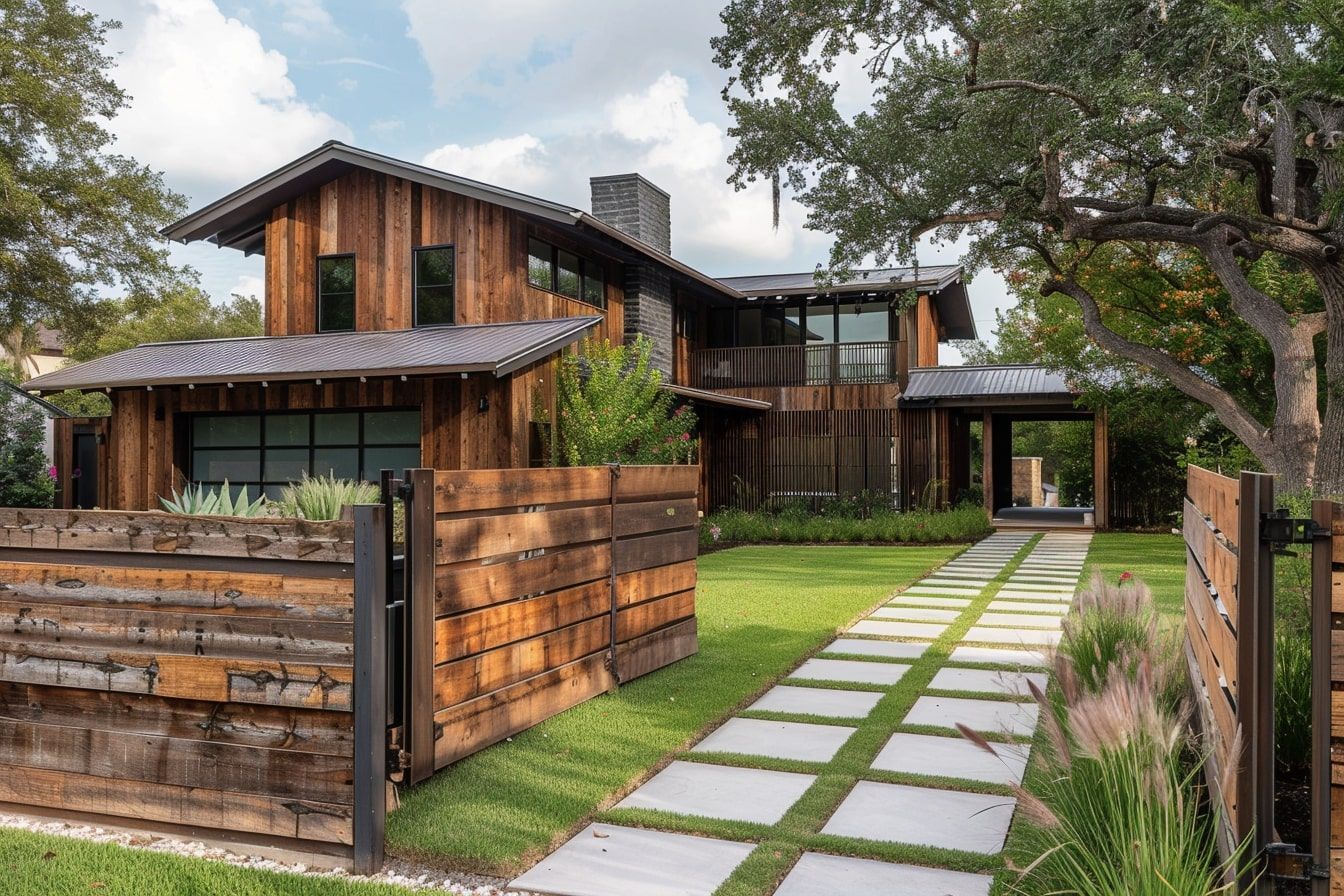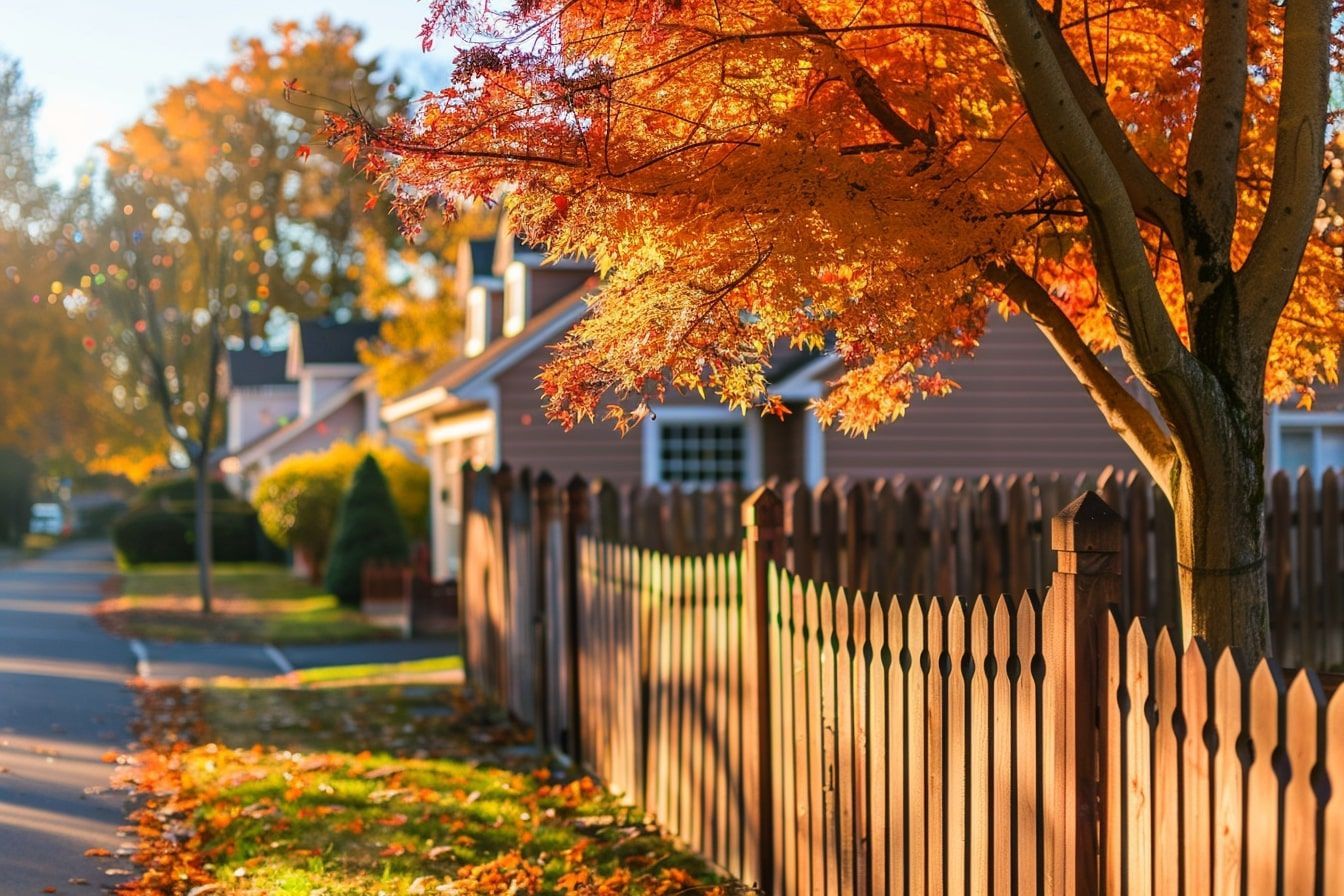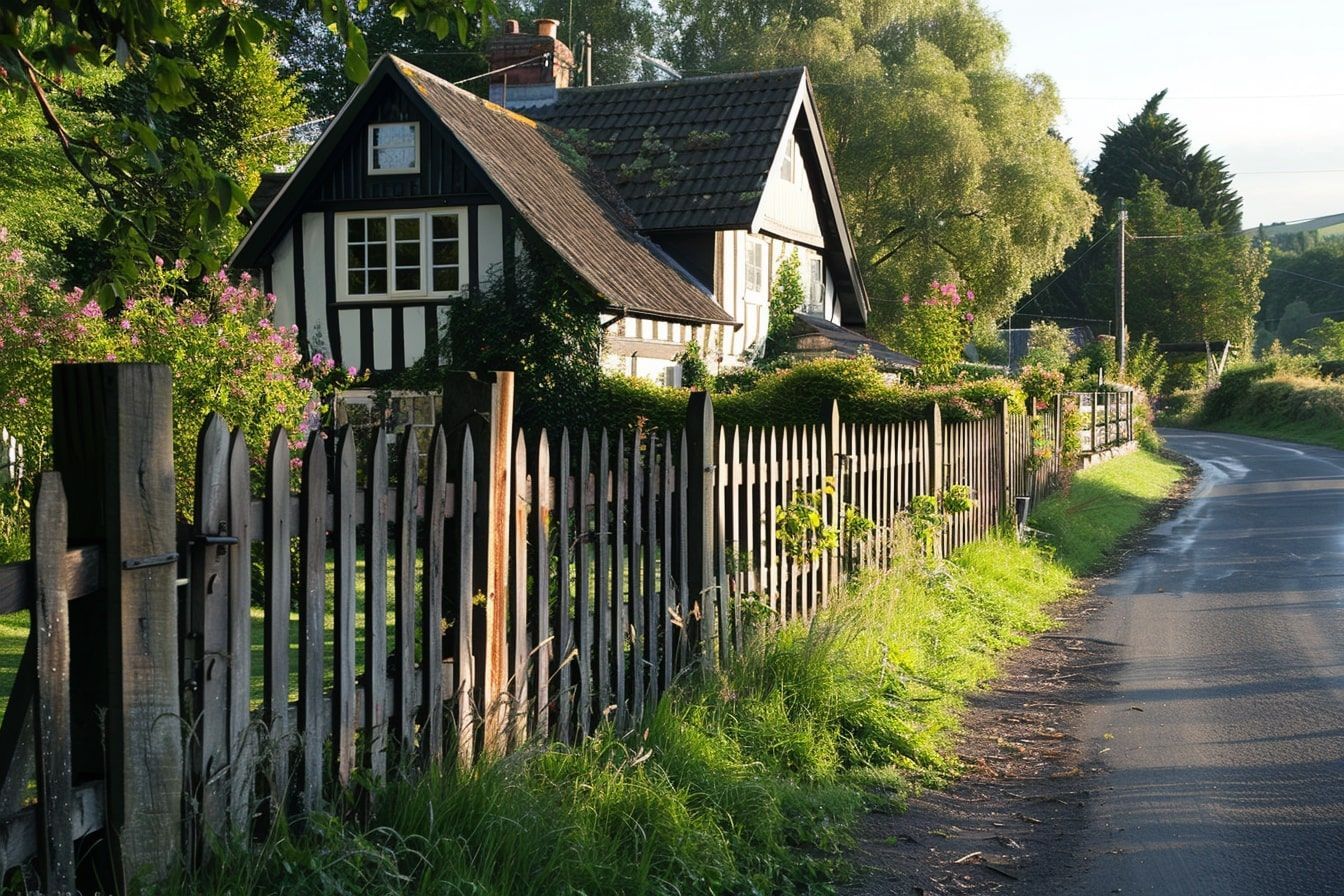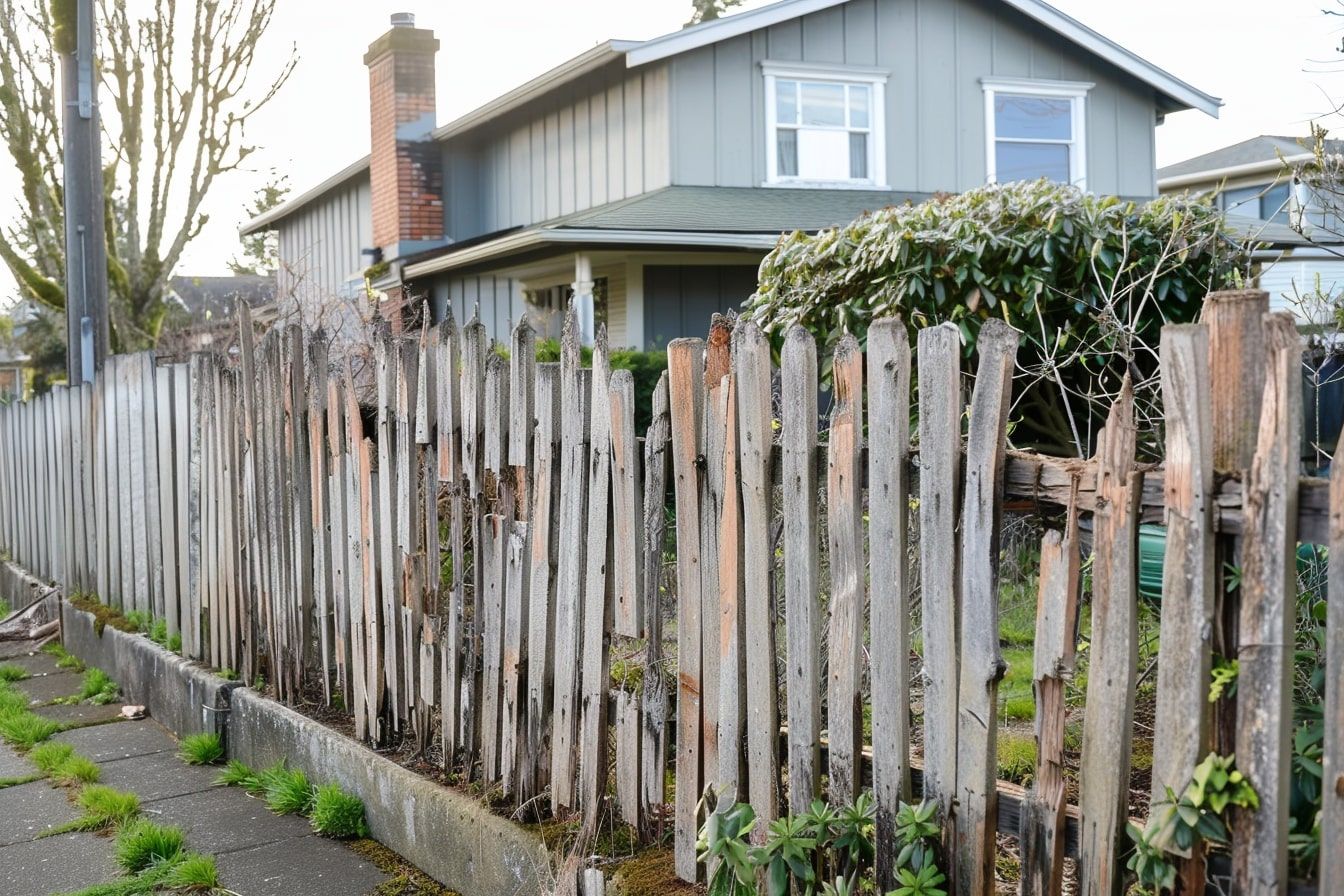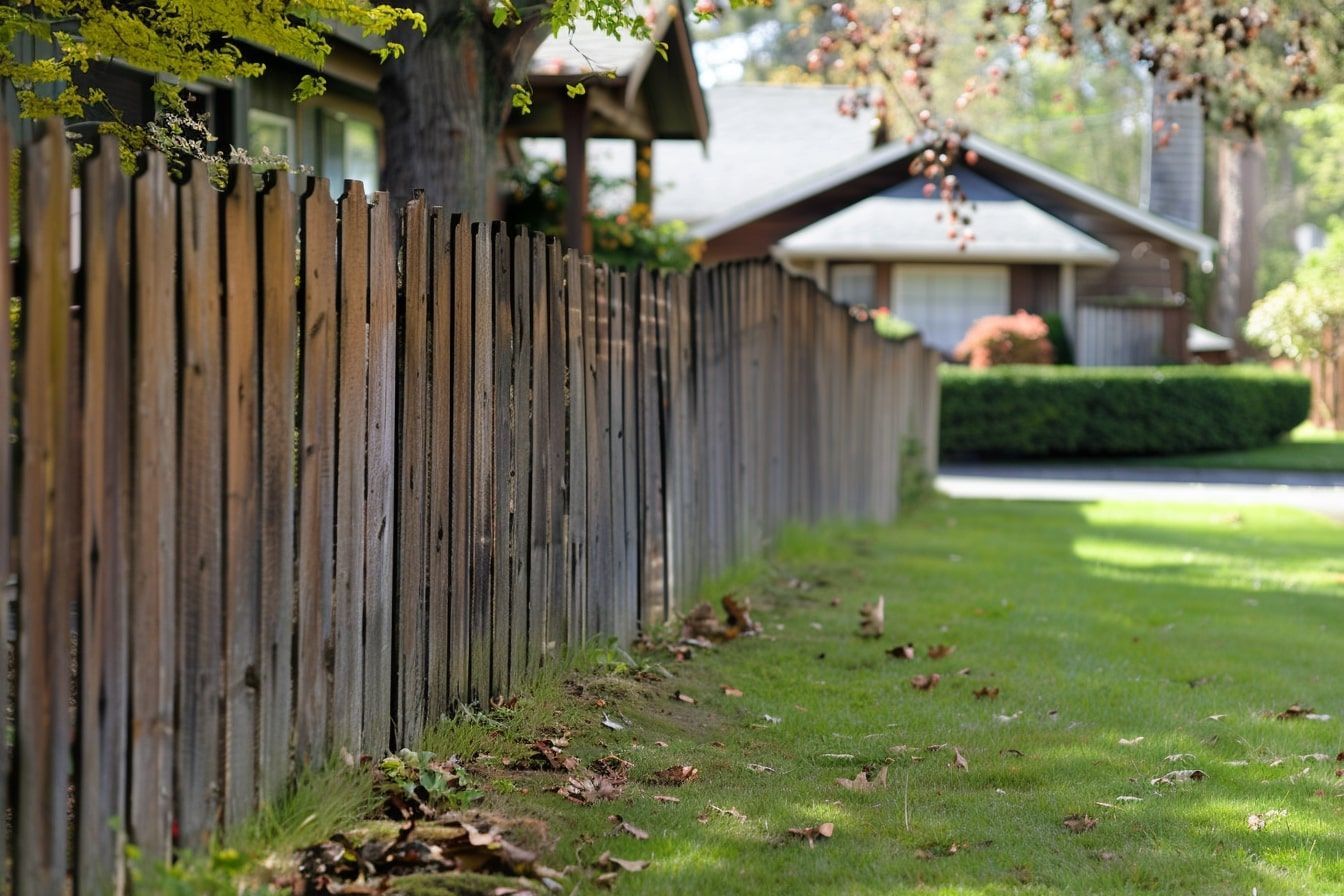Legal Tips for Proper Fence Placement in Michigan
Are You Aware of Michigan’s Fence Placement Laws? Here’s What You Need to Know
Fencing your property can enhance privacy, security, and aesthetic appeal, but did you know that improper fence placement can lead to legal disputes? In Michigan, specific laws and regulations govern how and where you can place your fence. Understanding these laws can save you time, money, and potential conflicts with neighbors. Let’s delve into the essential legal tips for proper fence placement in Michigan.
Understanding Michigan’s Fence Laws
Property Line Disputes
Michigan law mandates that fences must be placed on your property, not encroaching on your neighbor’s land. Before installation, it’s crucial to:
- Survey Your Property: Hiring a professional surveyor can accurately determine your property boundaries.
- Consult Your Neighbor: Discussing your plans with your neighbor can prevent disputes and ensure mutual agreement.
Fence Height and Material Regulations
Different municipalities in Michigan have specific rules regarding the height and materials used for fences:
- Residential Areas: Typically, fences in front yards can’t exceed 4 feet in height, while backyard fences can be up to 6 feet tall.
- Material Restrictions: Some areas prohibit certain materials like barbed wire or electric fencing for residential properties.
For more detailed regulations, refer to your local municipal codes or the Michigan State Legislature website.
Key Legal Requirements for Fence Placement
Permits and Approvals
Before you start building your fence, check if you need a permit:
- Permit Requirements: Some cities require permits for fence installation, especially if the fence exceeds a certain height.
- Application Process: Submit detailed plans, including fence dimensions and location, to your local building department for approval.
Adhering to Setback Rules
Setback regulations dictate how far your fence must be from property lines, sidewalks, and streets:
- Front Yard Setbacks: Often, fences must be set back several feet from the street or sidewalk.
- Side and Rear Setbacks: These vary but typically require a few inches to a few feet of clearance from the property line.
Check your city’s zoning ordinance for specific setback requirements.
Practical Tips for Avoiding Legal Issues
Establishing Clear Boundaries
- Mark Your Property Lines: Use stakes and strings to mark the proposed fence line accurately.
- Hire a Professional: A licensed contractor can ensure that your fence is compliant with local laws and properly installed.
Handling Disputes Amicably
If a dispute arises, address it promptly and courteously:
- Mediation Services: Consider using a neutral third party to mediate and resolve the conflict.
- Legal Action: As a last resort, consult with an attorney specializing in property law.
Additional Considerations
Homeowners Association (HOA) Rules
If you live in a community with an HOA, be aware of additional guidelines:
- HOA Approval: Many HOAs require approval before you can install a fence.
- Design and Aesthetic Guidelines: HOAs may have specific rules about fence styles, colors, and materials.
Environmental and Utility Considerations
Ensure your fence placement doesn’t interfere with utility lines or environmental features:
- Call Before You Dig: Contact MISS DIG 811 to locate underground utility lines before digging.
- Respect Natural Features: Avoid placing fences that obstruct natural water flow or damage protected landscapes.
Conclusion
Proper fence placement in Michigan is not just about enhancing your property’s appeal and security; it’s also about adhering to legal requirements to avoid conflicts and penalties. By following these legal tips, you can ensure your fence is both functional and compliant. For more information or to get a free quote, visit RS Fence Installations if you’re in Macomb or Oakland Counties.
By taking the time to understand and comply with Michigan’s fence placement laws, you can enjoy the benefits of a well-placed fence without the legal headaches. Reach out to us today for expert advice and professional installation services.
External Resources
- For more detailed instructions on installing a wood fence, visit Lowe’s Installation Guide.
- To explore various wood fence design ideas, check out HGTV’s Wood Fence Design Gallery.
- Learn about the environmental benefits of wood fences at The American Forest Foundation.
The post Legal Tips for Proper Fence Placement in Michigan appeared first on RS Fence Installations.
